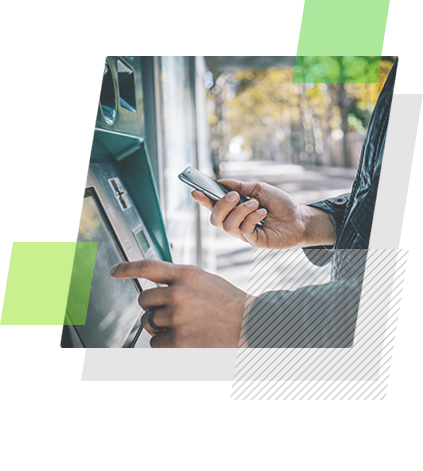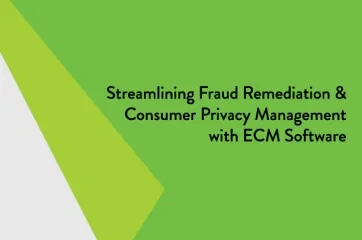Digital banking solutions are technologies that enable financial institutions’ consumer and business account holders to perform a variety of self-service actions. Web portals and mobile applications are two of the most common types of digital banking solutions.
Digital Banking Solutions Continue to Evolve
Faster Internet speeds, smartphone availability, reliable wireless connectivity, and continual technological change have shaped modern digital banking solutions. Compared to the relatively basic online banking portals of the past, today’s digital banking solutions provide a feature-rich experience from almost any web-enabled device. In fact, many consumers and small businesses now expect to be able to perform most banking activities through their smartphones. As a result, offering a user-friendly digital banking experience has become a “must-have” for competing with other financial institutions.
Common Use Cases for Digital Banking Solutions
Functionality may vary among solutions, but common use cases for digital banking include:
Viewing Account Information:
While registering with the digital banking system, the user’s information is verified against data in the financial institution’s core banking system. Once verified, the digital banking system provides access to account-related information, such as balances and transactions.
Account Management:
People buy new homes, get new cell phone numbers, and change email addresses. Some financial institutions allow account holders to update their contact records through the digital banking solution—instead of having to call or visit a branch.
Transferring Money:
Digital banking solutions open the door to self-service money transfers, allowing money movement between their own accounts as well as making loan payments. . The account holder simply specifies the transaction’s details, and the digital banking solution sends the request to the core for completion.
Bill Pay:
Digital banking solutions can serve as a facilitator of online bill pay between account holders and other service providers, such as mortgage and utility companies.
Managing Credit/Debit Card: Most financial institutions offer credit card accounts, or debit card access to their checking and/or savings accounts. These institutions provide access to activate, freeze, and unfreeze, update PIN information, add Travel Notices, and set transaction thresholds through their Digital Banking Solution.
Connecting to Third-Party Accounts and Services: Many consumers and SMBs hold accounts with other banks, credit unions, investment firms, and peer-to-peer money transfer apps. Integrating digital banking with third-party accounts provides a more complete view of the account holders' financial health. Third-party integrations are typically handled via single sign-on (SSO) or application programming interfaces (API).
Benefits: Digital Banking Solutions
Financial institutions that implement effective digital banking solutions can unlock a variety of benefits, both internally and for account holders. Examples include:
- Efficiency gains through self-service banking activity.
- Increased awareness for loans, CDs, and other products through promotion to a captive audience.
- Enhanced brand loyalty by offering a “sticky” digital banking experience.
- Fraud protection through credit and debit card management, as well as through activity alerts.
Learn about NXT, Alogent’s digital banking platform for consumers and small businesses. Visit the Innovation Hub for additional banking resources, including helpful videos and downloadable eBooks.














